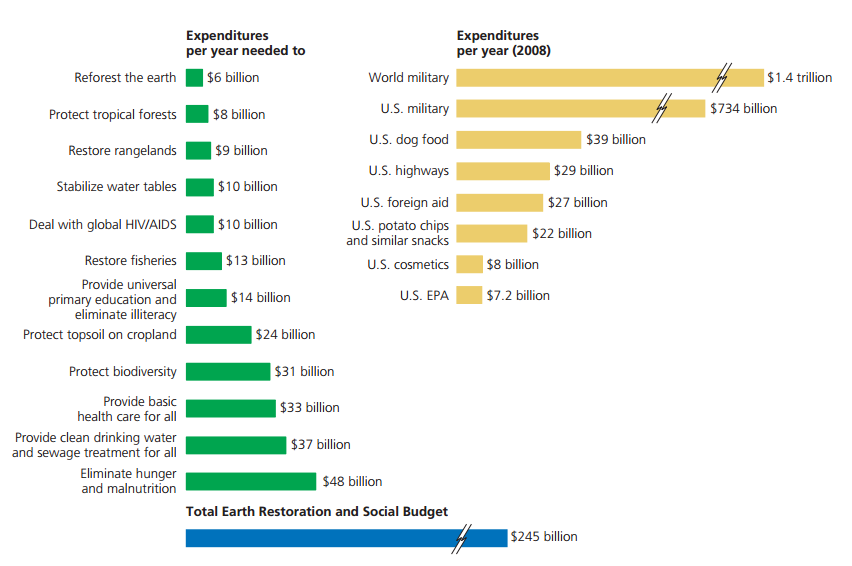
Figure 23.16
Summarize the free-market economic system.
What will be an ideal response?
In afree-market economic system all economic decisions are governed solely by the competitive interactions of supply (the amount of a good or service that is available), demand (the amount of a good or service that people want), and price (the market value of a good or service) with little or no government control or interference in these interactions. The point at which supply equals demand is called the market price equilibrium point, where the supplier's price matches what buyers are willing to pay for some quantity and a sale is made.
You might also like to view...
Analyze the earthquake data graphed below and answer the question. The data displayed here are for recorded earthquakes from November to December in 2006. Earthquake magnitudes are binned such that 2 includes all magnitudes from 2 to less than 3, magnitude 3 includes those from 3 to less than 4 and so forth.  Smaller magnitude earthquakes occur more frequently than larger magnitude earthquakes. So why do these actual data show fewer magnitude 2 and 3 earthquakes than magnitude 4 earthquakes?
Smaller magnitude earthquakes occur more frequently than larger magnitude earthquakes. So why do these actual data show fewer magnitude 2 and 3 earthquakes than magnitude 4 earthquakes?
A. This region only experiences larger earthquakes. B. The reported numbers are limited by technology. C. The scientists who made that observation were wrong.
Several factors have contributed to East Asia's unprecedented growth. These include all of the following EXCEPT
A) U.S. economic and military subsidies. B) a switch from export promotion to import substitution. C) the Confucian culture dedicated to learning. D) a government shift to export promotion. E) protectionism of Japan.
Occluded fronts are often associated with a broad band of precipitation
a. True b. False
Freezing rain more commonly occurs with warm fronts than with cold fronts
a. True b. False